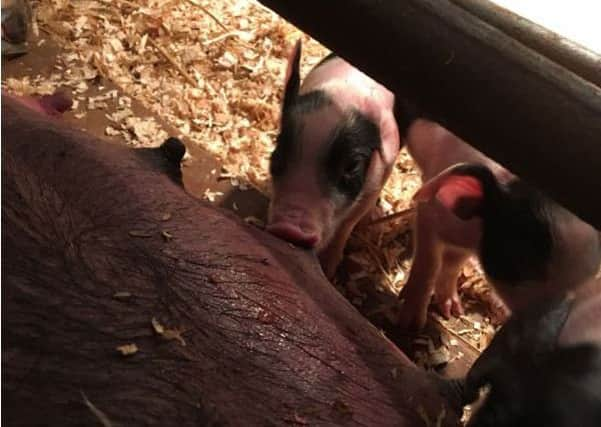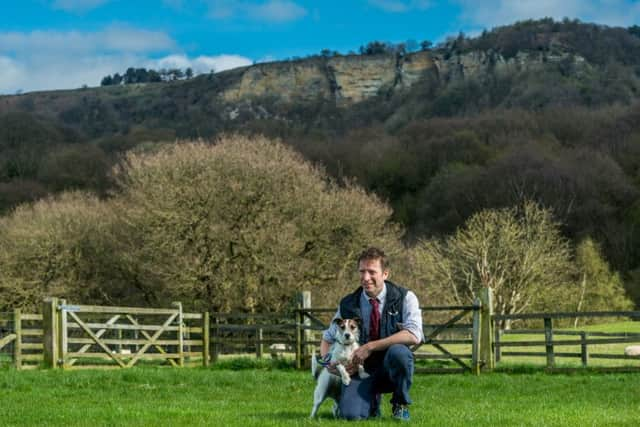Julian's call to farrow a sow on a distant farm


This was the start of a rather fraught conversation I had on Wednesday morning, not long after I’d arrived at work and just as I was about to anaesthetise my first surgical patient.
It was always going to be a busy day but, with a visit to farrow a sow at a distant farm, it had suddenly become much more so.
Advertisement
Hide AdAdvertisement
Hide Ad“I’ll be with you as soon as I can, Chris, once I’ve finished this op.” I tried to reassure the farmer, who was palpably worried about the final piglet. My radio interview, scheduled for 10am, would have to wait for another day.


I finished the operation and headed out, armed with plenty of lubricant and (I hoped) sufficient good fortune. I couldn’t remember the last time I had farrowed a sow – they are usually pretty good at giving birth by themselves and it is something of a last resort to call in the vet.
Commercial pig units would rarely do such a thing, but Chris’s pig (who was called Sadie) was a special pig and so were the piglets. It is a challenging job to deal with a difficult farrowing.
Yes, the piglets are bullet shaped, streamlined and slippery and, under normal circumstances, they shoot out like little bars of soap. But if there is a problem, they are very hard to deliver. A sow’s uterus is long and it has two horns. Long arms are needed.
Advertisement
Hide AdAdvertisement
Hide AdOn top of this, the slippery bullets are hard to get hold of, so manoeuvring them into the lower part of the birth canal can sometimes be almost impossible.
When I arrived on the farm – a haven for rare breeds; Oxford Sandy and Black pigs, White bred Shorthorn cows, Highland cattle, Kerry Hill and Hebridean sheep – I was greeted by two very tired farmers.
“Kate was in her nightie trying to deliver the first one, at 2am,” explained Chris. I didn’t need any explanation. I knew the fatigued expression on my own face told the same story of a disrupted night’s sleep – it had been a hectic week. I gave the sow an injection of oxytocin to help with her contractions and waited a few minutes to see if it would persuade the baby towards the action end, but the time passed and there was no sign of any movement.
I pulled up my sleeve as far as it would go, cleaned my arm and then applied lubricant up to my shoulder.
Advertisement
Hide AdAdvertisement
Hide AdIn I went, further and further, whilst Chris rubbed Sadie’s tummy to keep her comfortable. Past my elbow and still no piglet. At the point at which I could reach no further, I felt the sharp teeth of the final unborn baby.
It was fiddly, trying to manipulate the slippery little pig at full stretch. After ten minutes though, it was in the pelvic canal and the final bit was quick. The piglet shot out and I grabbed her before she hit the ground.
Piglets are amazing – I had forgotten just how energetic they are, even within the first few minutes of being born. Lucky, as she had quickly been christened, was soon scurrying around, looking for a teat – any one would do. Sadie, like all sows, had no intention of licking her newest baby, as a cow or a ewe would, but simply lay down, exposing her more than ample bosom for all the babies to enjoy. It was the best thing a mother could do!
Julian stars in the final episode of the current series of The Yorkshire Vet this Tuesday, at 8pm on Channel 5.